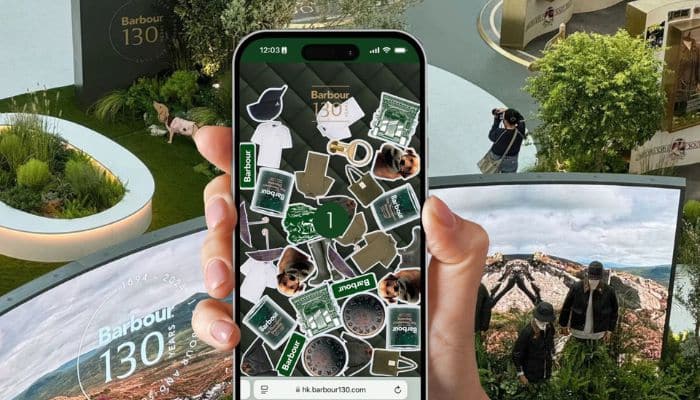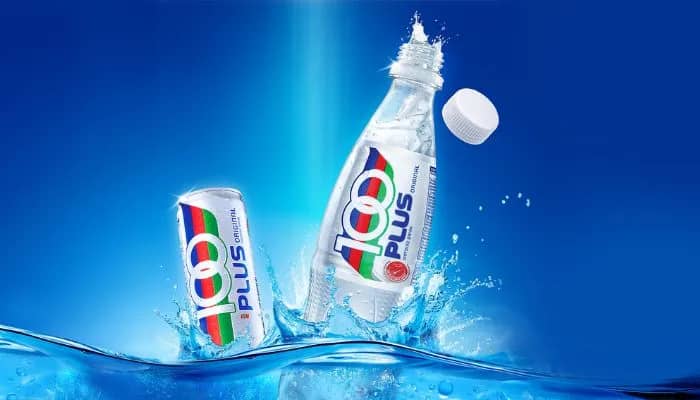In 2024, global losses from fraud exceeded $1 trillion USD as AI-powered scams, deepfakes, and data breaches escalated. But while security is critical, trust today extends far beyond protection. Consumers now expect reliability, convenience, and seamless experiences at every touchpoint. In an increasingly digital world, trust isn’t just a buzzword—it’s the ultimate differentiator.
One misstep—a misleading claim, a confusing checkout process, or unresponsive support—can erode trust instantly. And once it’s gone, it’s almost impossible to rebuild. Trust influences every purchase decision, yet it isn’t something brands can sell. It’s something they must prove through consistent, credible, and customer-first experiences.
Marketers play a pivotal role in earning and maintaining that trust—not through louder ads or flashier campaigns, but by creating intentional interactions that demonstrate value and authenticity. In industries where differentiation is tough, trust drives loyalty. Brands that prioritize trust won’t just attract customers—they’ll keep them.
To thrive in this “Trust Economy,” marketers must embrace three core principles:
- From Selling to Listening: Value Speaks Louder Than Volume
In crowded digital landscapes, attention is fleeting. Too many brands default to shouting louder—bigger ads, sharper slogans, endless content. But attention alone doesn’t create trust. Value does.
Consumers don’t want more noise; they want useful, reliable information that empowers them. Educational content, transparent messaging, and human storytelling are the tools that build long-term trust. The shift from selling to solving is key: marketers who guide rather than push will position their brands as trusted advisors, not just vendors.
To achieve this, content should be:
- Informative: Provide educational resources that help customers make informed decisions.
- Actionable: Share how-to guides, case studies, or success stories that offer real-world value.
- Authentic: Reflect real customer experiences, not just marketing claims.
Whatever the format, the goal remains the same: deliver something useful. By proving expertise and sharing honest insights, marketers can foster deeper relationships and build credibility over time.
- Personalization That Respects, Not Overreaches
AI-powered marketing has unlocked unprecedented personalization, but it comes with a caveat: just because brands can use data doesn’t mean they should.
Consumers appreciate tailored experiences, but not at the expense of privacy or trust. Hyper-personalized recommendations and predictive marketing only work when they feel helpful, not invasive. The key is balance—using AI to enhance human connection, not replace it.
To build trust through personalization:
- Use AI to anticipate needs, not manipulate behavior.
- Be transparent about data collection and usage—trust grows when customers know what’s happening behind the scenes.
- Empower customers to control their experience—personalization should feel like a service, not a sales tactic.
When done right, personalization fosters loyalty by showing consumers that brands truly understand and respect them.
- Building Community, Not Just Transactions
Trust doesn’t come from one-off campaigns—it’s built through consistent, meaningful engagement over time. In a digital world, consumers don’t just buy products; they buy into relationships, shared values, and a sense of belonging.
The rise of Direct-to-Consumer (D2C) models is proof of this shift. Traditionally, companies relied on intermediaries or third-party retailers to reach their audiences. With D2C, businesses can now bypass those layers, owning the customer experience end-to-end. This direct connection creates emotional bonds that drive long-term loyalty.
Yet trust doesn’t stop at individual relationships; it thrives within communities. Marketers must lean into active participation in broader industry conversations, fostering peer-to-peer trust and collaboration. To do this:
- Engage in industry forums and events to showcase credibility and leadership.
- Leverage user-generated content, reviews, and testimonials—consumers trust other consumers more than ads.
- Create spaces for customers to connect, whether through online forums, live events, or social communities.
By investing in community-driven marketing, brands can position themselves as integral parts of their customers’ lives, not just vendors of products.
Trust: The True Currency of Brand Success
In an era of AI-driven fraud, digital misinformation, and rising consumer expectations, trust isn’t just a business imperative—it’s the foundation of sustainable growth.
Marketers have moved past the challenges of simply selling security. Now, their mission is to embed trust into every aspect of the customer journey. The brands that prioritize transparency, human connection, and consistent value creation won’t just capture consumer attention—they’ll earn the kind of loyalty that lasts.
By embracing this evolution, marketers can position themselves as architects of trust, building relationships with digitally savvy consumers in ways that go beyond traditional marketing. In the “Trust Economy,” trust isn’t just a differentiator—it’s the ultimate competitive advantage.

This thought leadership piece is written by Claire Weston, chief marketing officer of Coda.
The insight is published as part of MARKETECH APAC’s thought leadership series under What’s NEXT in Marketing 2025, a multi-platform industry initiative which features marketing and industry leaders in APAC sharing their marketing insights and predictions for 2025 and beyond.











